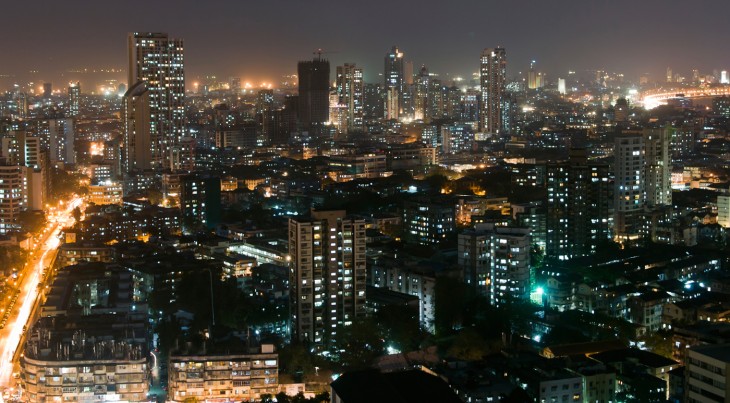Mumbai, the city of dreams which is also the commercial capital in the western India. Built on what is, in effect a peninsula, surrounded on three sides by water and the Western Ghats, Mumbai occupies a site of natural beauty. A tiny island that it is called has grown prodigiously in the past few decades. Unlike Manhattan, Mumbai has no grid and has grown organically and sprawled.
The population of the city is ever growing and the number of people migrating into cities from villages in search of work is increasing day by day. We can’t tell people to stop migrating. Can we? Mumbai attracts immigrants from rural areas seeking employment and a better life. Despite government attempts to discourage the influx of people, the city’s population grew at an annual rate of more than four percent a year. Many newcomers end up in abject poverty, often living in slums or sleeping in the streets. Nor can we stop development, that’s what characterises us as humans. In the list of the top ten urban sprawls since 1990, Mumbai has been on NO 5 and will be on NO 3 in the next 13 years. The projections made in the UN’s recent publication of State of the world cities 2012-2013 state that Delhi’s urban agglomeration will have a population of 28.6 million by 2025, still well behind Tokyo’s 37.1 million. Mumbai meanwhile reached a population of 25.8 million. There’s a 29% jump in the population by 2025. However, sheer numbers of people and rapid population growth have contributed to some serious social and environmental problems. An estimated 42 percent of the city’s inhabitants live in slum conditions. Some areas of Mumbai city have population densities of around 46,000 per square kilometre—among the highest in the world. The fact that two of our cities are going to be in the top list of urban sprawls is not something to celebrate upon. Quite apart from the question of what kind of pressure it will put on the city amenities, it highlights a serious problem. It’s neither desirable nor a sustainable way of development.
Mumbai’s response to this fast urbanization is deplorable; squalor, slums, traffic congestion, floods, crime, pollution, deficient infrastructure, shortage of water and power issues are haunting Mumbai. Moreover, environmental infrastructure of cities, including solid waste disposal system, drainage and sewerage is not keeping up with the fast urbanization and posing serious environmental hazards. As a result, a haphazard development is taking place which is even more life threatening. For example a study said that breathing Mumbai’s air is like inhaling 20 cigarettes a day. The region is lagging behind in reaping full economic benefits of urbanization. These problems need to be solved to make the city serve as the engine of growth of national economy.
The primary attributes of environment that are affected by the urban sprawl are air, water, land and energy. Due to this excess development or what we may call as urban sprawl several changes have taken place in the climate and even a small change in the climate almost leads to a catastrophe .Here I would like to mention about the drawbacks in the drainage system and the floods that take place in Mumbai almost every year. About 100 years ago, if Mumbai city were to receive a rainfall, as heavy as the one witnessed in the monsoon of 2005, its outcome would not have been as catastrophic. This is because the population of the city has grown to ten times of what it was a century ago. To accommodate this population, the city has risen vertically, open spaces have shrunken, the arterial roads cannot be widened any further and the drainage systems fails to keep pace with the ever-increasing requirements of the metropolis. Read More

